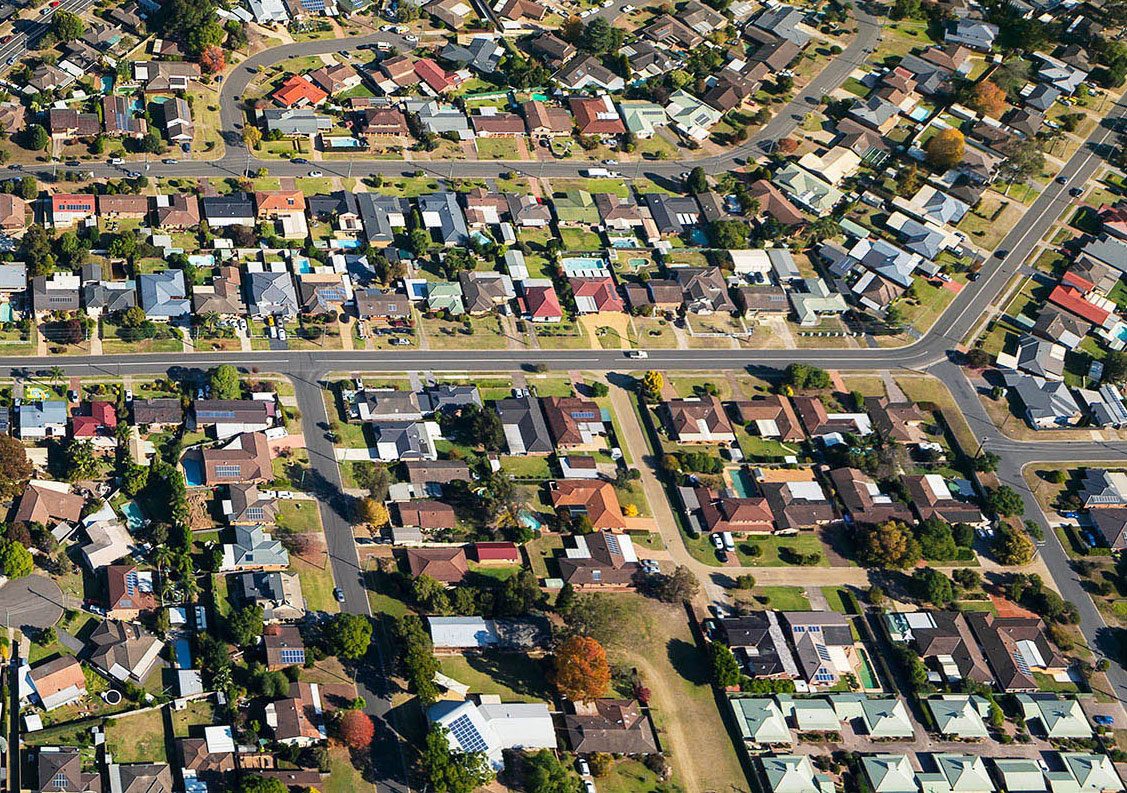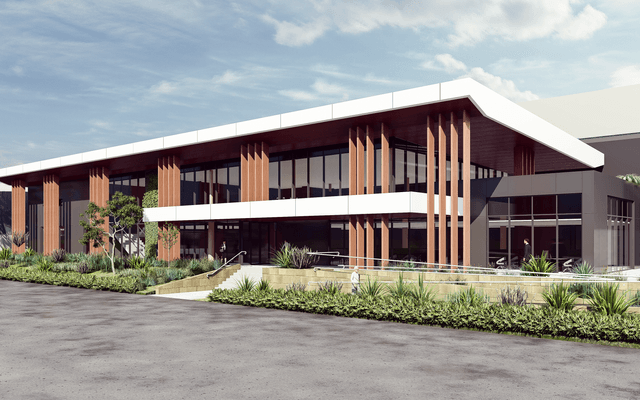This article is from the Australian Property Journal archive
AUSTRALIA pulled ahead in global rankings for annual house price growth in 2021, with 17.5% of real price growth and the return of skilled migration will put further pressure on the current imbalance between supply and demand.
According to Knight Frank’s Q4 Global House Price Index, house prices increased by an average of 10.3% on average annually, with Turkey taking the top spot in unadjusted terms at 59.6%.
For the year to the fourth quarter, there was an average increase in the price of a US home in 2021, while three international markets recorded a price decline for 2021 with Malaysia at 0.7%, Malta at 3.1% and Morocco at 6.3%.
“With compounded savings throughout the pandemic in what is still a relatively low interest rate environment, the stability of residential property as safe haven continues to appeal and is one of the reasons why Australia has seen significant growth in values over the past year,” said Michelle Ciesielski, head of residential research at Knight Frank.
Australia took the fifth position in the global rankings as far as annual change in nominal terms, with 21.8%.
“We’ve now reached a point where the Australian housing market has become fatigued after riding significant growth in values on the back of an economic rebound, and is now be grappling again with global uncertainty, a natural disaster and an upcoming federal election,” added Ciesielski.
Globally, the report anticipates a year of more reserved growth for 2022, due to mounting factors including the crisis in Ukraine, coming off the back of a global economy which is yet to fully recover from the COVID-19 pandemic.
“We can’t ignore the fact that we are facing a rental crisis in our cities and regional areas of Australia, with delayed construction in what has already been a diminishing pipeline of newly built homes, a lower number of local and international investors adding to the rental pool, and a likely increase in the skilled migrant population who also increase the demand for rental properties.”
“So despite the economic headwinds on the horizon, the current imbalance between demand and supply in Australia’s mainstream residential markets for at least the next three years, could result in further growth in prices of up to 8% by the year’s end,” concluded Ciesielski.


















